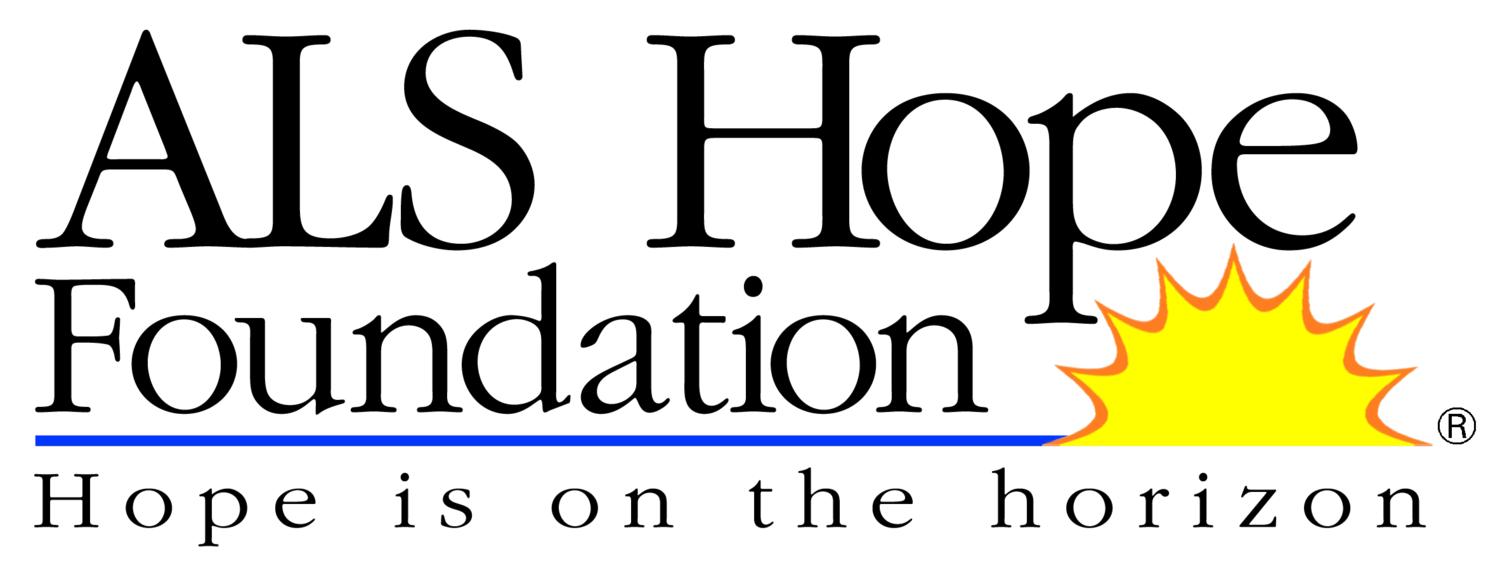The Ice Bucket Challenge: Where Do We Go Next?
/Dr. Terry Heiman-Patterson, photographed by Robert X. Fogarty
The Ice Bucket Challenge underscores how just a few people can make a huge difference! Thanks to Pete Frates and Pat Quinn, this challenge—and the ALS cause—has gone viral, and now this “orphan” disease is recognized worldwide.
Some have criticized the Ice Bucket Challenge for being frivolous. But here it is, $100 million later, still going strong, with donations being made to worthy ALS organizations all over the country. Through the generosity of our supporters, the ALS Hope Foundation has raised $60,000, and the influence of the ALS awareness that has been raised through celebrity and media participation is incalculable.
The new surge in funds generated by the Ice Bucket Challenge has the potential to turn the tide toward real treatment and a cure for ALS. But how should the funds be spent? How can we use this money responsibly and effectively, with the most impact?
It would seem to me that we have to think about how to help people living with the disease today while also preparing for a better tomorrow through research. In the here and now, we have a moral obligation to optimize the care and treatment of people already living with ALS (PALS), and to provide much-needed support to their families and caregivers.
The best way to provide that help to PALS today is through the support of multidisciplinary clinics—making it easier for committed physicians to run their centers and to deliver state-of-the-art care and technology. We also need to support the additional functions related to research that clinics provide, including collection of clinical data and tissue specimens and the establishment of dedicated ALS research labs at local centers. This will pave the way to real progress in research. This is why raising funds for local centers through organizations like the ALS Hope Foundation as well as donating to national organizations is so important. People with ALS should have access to the best care and research opportunities out there, no matter where they live.
We also need to spend funds to apply the technologies already available to the physical and communication needs of people with ALS so that they can be more independent and remain connected to their families, friends and communities. We need to advocate for insurance reimbursement for commercially available devices, and we need to support the use and development of technologies not yet commercially available but effective. These technologies need to be expanded and new technologies developed to open the world not only for PALS, but all people with physical disabilities.
We need to continue to support networks of clinical ALS centers that are uniformly trained and experienced in ALS clinical trials and clinical research like the network built through the Northeast ALS Consortium (NEALS). NEALS has the infrastructure to design and implement efficient, well designed trials for any promising treatment that may come to light through research with widely distributed access for PALS in the US through more than 100 member ALS centers. We need to work to accelerate the time it takes to get an idea from the laboratory bench into the clinic since clinical research is critical to progress in solving ALS. This clinical research must be done with the utmost care and accuracy.
We also need to educate PALS and keep PALS and families engaged in the process as the stakeholders. We need to ensure that we consider the needs and wishes of PALS and join with them in advocacy to mandate the best care, research and the rapid deployment of potentially efficacious treatments to the clinic.
Finally, we need to invest in research. What we do NOW will affect all that is to come. We need to better understand all the causes of motor neuron death in ALS and the complex genetics of the disease so that we can design treatment strategies that will make a real and tangible difference to people affected by ALS. This means funding not only established investigators, but new ideas, collaborative research, and innovative thinkers. We need to make sure that everyone with an idea has the opportunity to pursue it, that funds are used judiciously but also across many labs that work together, building on each other’s strength, sharing results and ideas, and allowing discourse and reduces redundancy. The research community must be accountable not only to funding agencies, but most importantly to PALS.
The urgent need of people living with ALS is palpable and THE TIME IS NOW . . . to advocate, to spread awareness, to continue raising funds to support clinical care and research, and to find treatments that lead to a cure . . . so that people living with ALS can look to the future!!!
Sincerely,
Dr. Terry Heiman-Patterson, President









